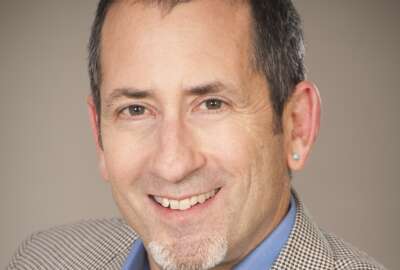
Big data from small groups of motivated people
For the EPA and other agencies, smart phones, wireless connectivity and the development of cheap, accurate, radio-equipped sensors combine to rev up the power of...
Citizen science — it’s where the Internet of Things coincides with the Internet of people. The Environmental Protection Agency is at the forefront of using groups of citizens, usually defined by the area where they live, to gather data about their local air or water quality. It’s a time-proven methodology getting a boost from new technology.
Using people to gather data takes many forms. Check out this sample published by Scientific American. One group in Australia was mapping hot spots for dog droppings using an iPhone app and pictures. The goal is to modify behavior — of the owners, not the dogs. In Canada, they’re having people log days cold enough to sustain outdoor ice skating, with the presumption that fewer means global warming is making felt its hot breath.
Citizen science also presents an opportunity for expertise within the federal government to match up with motivated citizens, enabling them to measure, understand and gain control of their own situations.
This week on the Federal Drive, I’ve featured six people from the Environmental Protection Agency concerned with the art of citizen science. Listen to Tom Burke, deputy assistant administrator and science advisor, and Jay Benforado, the chief innovation officer in EPA’s office of research and development. Working with other EPA components, they’re developing devices such as electronic air sensors that can measure certain gases or particulate matter. After putting these gadgets in people’s hands and showing how to use then properly, the agency and the local community can get a detailed picture of what’s going on.
Tune in today and hear how residents of Tonawanda, New York teamed with the EPA to help pinpoint a troublesome source of benzene. People in the Ironbound section of Newark, N.J. are getting a handle on air pollution in an area surrounded by interstate highways, railroads, Newark International Airport and the state’s biggest incinerator. Sometimes it is the nose that leads people to engage in citizen science.
Humans have an instinct to count, map, and measure the environment, natural or built. Thousands of people look for species of birds, land animals or sea creature and record the instances. I’ve been a data point for the FCC for several years, or my house has, with my internet connection one of thousands the agency monitors for download and upload speeds to maintain a broadband service map for the United States.
For the EPA and other agencies, smart phones, wireless connectivity and the development of cheap, accurate, radio-equipped sensors combine to rev up the power of citizen science.
Copyright © 2025 Federal News Network. All rights reserved. This website is not intended for users located within the European Economic Area.
Tom Temin is host of the Federal Drive and has been providing insight on federal technology and management issues for more than 30 years.
Follow @tteminWFED





